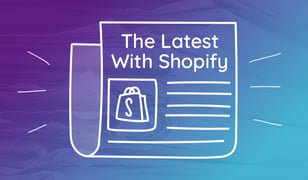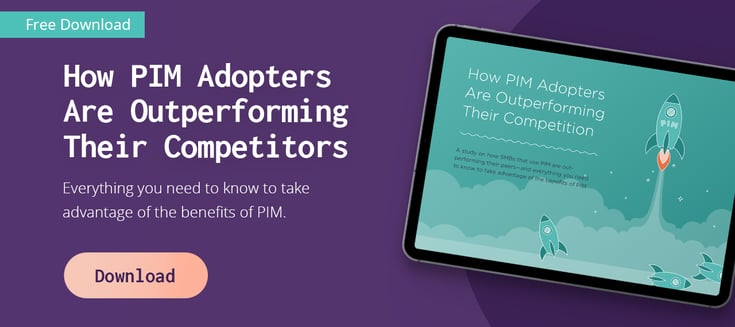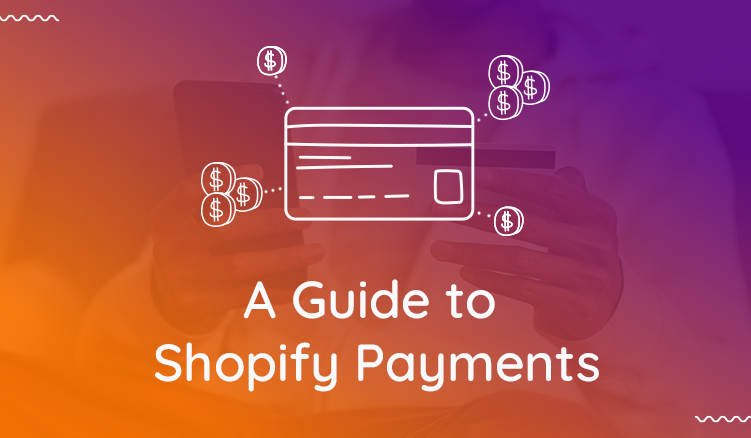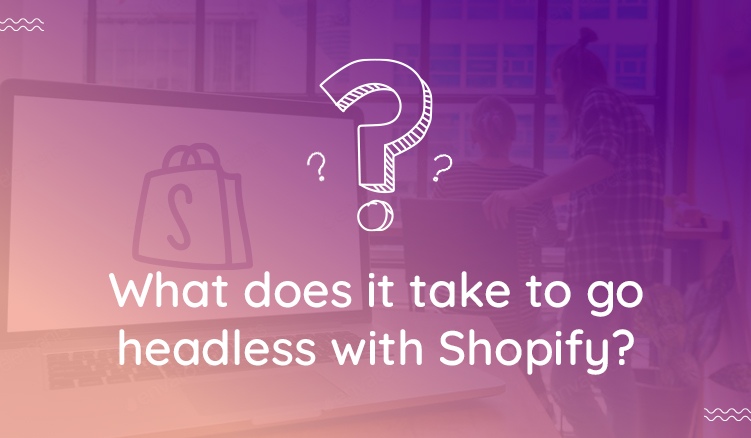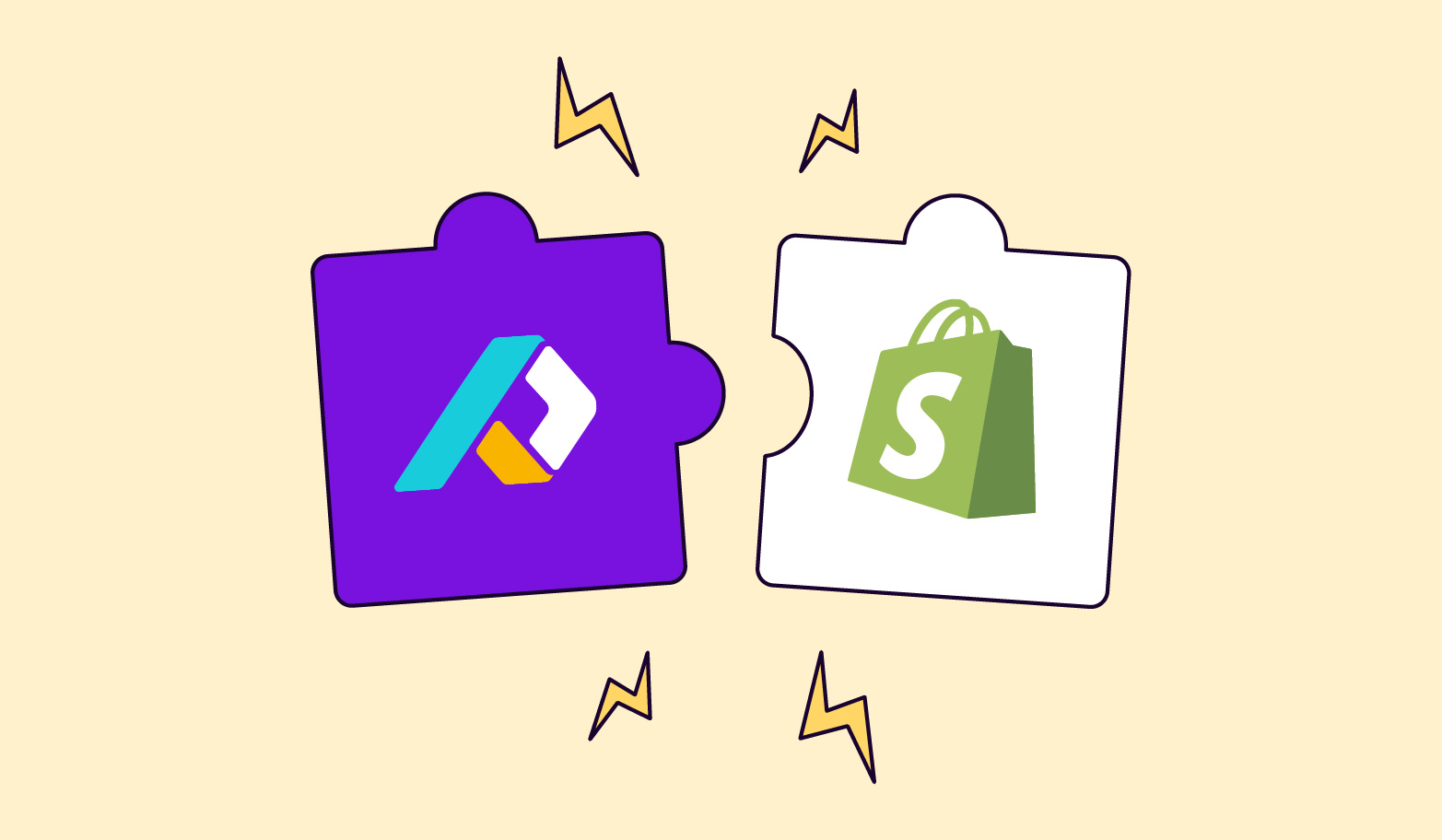Well, considering that “every 28 seconds, an entrepreneur on Shopify makes their first sale,” then, a lot. How’s that for “cha-ching”? I’m not surprised—Shopify continues to grow and offer its merchants fresh ways to improve their customer experience and scale their online store/s.
Shopify now powers over 1 million businesses worldwide and contributes over $183 BILLION in economic activity, globally. To add, Shopify stores have seen almost 3x as much growth as the overall e-commerce market lately. Those flashy numbers wouldn’t be possible without their entrepreneurial community and opportunities offered by this well-built ecommerce platform.
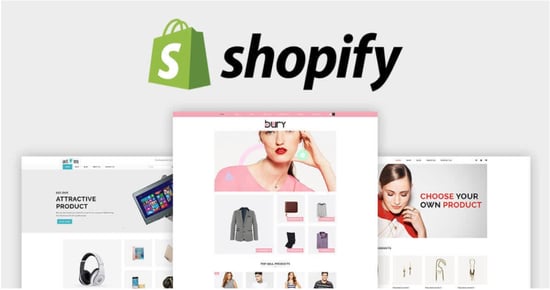
By introducing new features and apps regularly, their capabilities continue to get people talking, selling, and earning. They’ve managed to spearhead commerce entirely and really change the way merchants run their businesses.
Here are 6 “outside” changes worth noting.
Shopify’s Shop Pay expands checkout to social media
While COVID-19 (2020) was an exception of a year, it certainly accelerated Shopify’s ecommerce offerings for mobile users. As of late, Shopify has seen a 275% increase in traffic, bypassing online stores and landing directly at checkout. This exuberant stat sparked mobile customers’ need to have access to one app where they can buy and track their purchases from a number of Shopify stores. So, Shopify launched their free Shop Pay app in April 2020—a 70% faster checkout alternative that has now extended payment options to Facebook and Instagram.
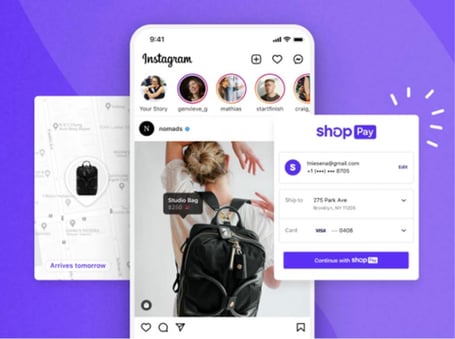
Build-in support for video and 3D modeling
As online selling becomes more competitive, traditional strategies won’t cut it. Merchants continually need to find ways to level up their efforts, and oftentimes, the only no-coding features that platforms provide are the very basic ones. Otherwise, you need to integrate third-party apps to complete the job. Fortunately, this is not the case with Shopify’s no-code approach to video and 3D modeling. They’ve implemented an easy-to-use option that streamlines functionality in-app, making it easier to market products, visually. All you do is upload a video or a 3D model as an image without having to custom code or use a third-party app.

More countries get to experience Shopify on TikTok
In October 2020, Shopify entered into a United States-based partnership with TikTok. This was a no-brainer considering that there are over 120.5 million monthly active users in the U.S. alone. With such a positive start, Shopify has recently expanded the partnership to 14 more countries, allowing sellers to target an international market with in-feed shoppable ads. The extension includes countries in North America, Europe, the Middle East, and Asia.
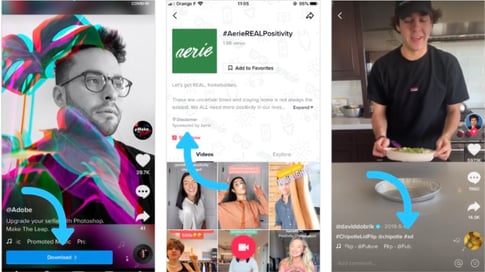
Shopify search ads are becoming more targeted
Marketing is wide and varied. It is also costly. Depending on how you target, you might (or might not) reap the benefits across multiple channels—but when it’s in one channel, the one where your customers are looking, all the better. What could be more targeted than ads in the Shopify App Store itself? Shopify has improved this marketing channel, allowing businesses to create more targeted ads that drive warmer leads. It is also an affordable solution, and it allows merchants to leverage organic tactics as well, to target certain customers on the platform.
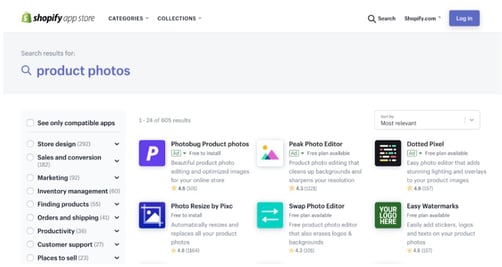
Asian-owned businesses get their own directory
Shopify supports multiple global movements. In addition to their Black-owned business directory that was launched in June 2020, they have recently implemented an Asian-owned business directory in their Shop app. While each one is created with their own unique ideas and goals, all directories share a mutual purpose: to support entrepreneurship, democratize commerce, and reduce any racial or violent barriers that affect people from starting their own business. According to this article, “this new feature will provide a directory of Asian-owned businesses, like Material, KonMari, and Made In Chinatown. The company said it hopes to increase the visibility of minority-owned businesses and help them reach new customers.”
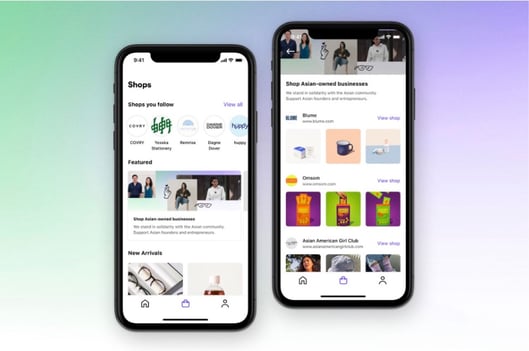
A ground-up redesign for Shopify POS
According to Shopify, their point-of-sale app powers over 100 000 merchants. The all-new and improved POS integrates online and offline sales in one user-friendly tool. Many features have changed; however, it is important to note that customers can now choose curbside pick-up and local delivery. As for the merchants and their staff, this system provides detailed information on sales performance and status—anything from foot traffic to customer service touchpoints, inventory management, top-performing items, and more. Based on the results, marketers can access these insights in real-time to see what works, what doesn’t, and what needs changing.
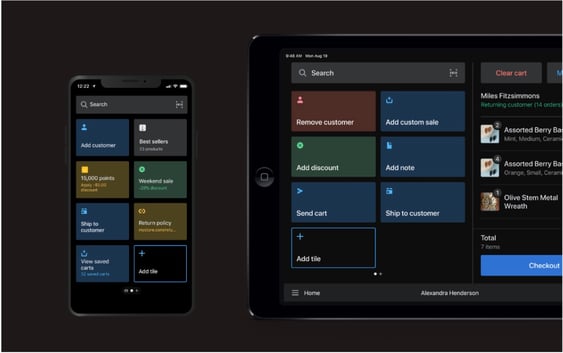
Shopify is the future of (multichannel) commerce
There are tons of ecommerce platforms on the market, but nothing quite like Shopify. This go-to solution is forever growing and improving. Store owners can use features and applications available to them or build their ideal tech stack using third-party systems. For example, PIM software. This can be used as your single source of truth for product data.
As you can imagine, with each new change comes a new selling opportunity—but more product information to manage. The admin side can become overwhelming, but not when you’re using a PIM. By implementing a Product Information Management tool for Shopify, you can organize, manage, and edit any product information and watch it automatically correlate in your store. You’ll never have to worry about organizing content in a CSV template ever again!
While the above-mentioned changes certainly improve merchant and user experience, a PIM improves content display, product listing optimization and performance, and overall customer experience. To find out how, book a meeting with one of our sales experts to see Plytix in action. Let us help you choose the best PIM for Shopify and build a revenue-generating machine!

